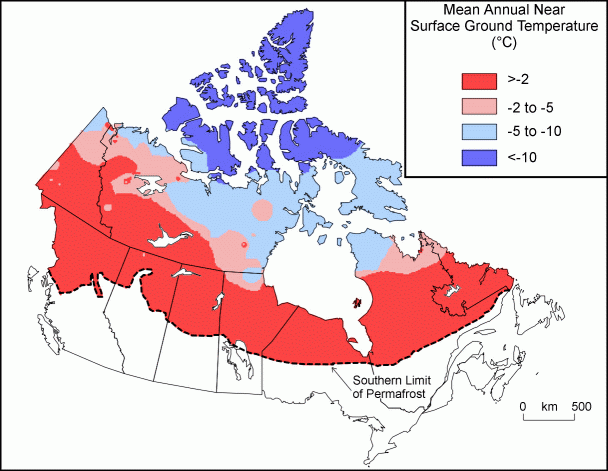My slogan click to edit me

Climate Change Effects on Disturbances & Forest Structure
Turning up the heat
The first thing most people think of when the topic of climate change comes up is the increasing temperatures – and with good reason! Not only will we be seeing average temperatures increasing in the boreal, but we can expect it to get a lot drier, too.
Researchers have shown that in the past 50 years the number of boreal lakes has decreased by approximately 5-54% and the average size of each lake has decreased by 4-31% (4).
The image shown to the right is from a study done by Roach et al. (2011). It shows the decrease in the size of lakes within the boreal forest in Alaska. As you can see, lakes D, E, and F decreased significantly. Although this particular study was done in Alaska, we can expect to see the same effects all across the boreal, including here at home in Newfoundland and Labrador.

Climate change has strong influences on the natural disturbances within the Boreal forest. When climate change and disturbance occur together it can lead to new species introduction and a general pole ward migration of current species (3). Meaning that current boreal forest areas will undergo dramatic changes to the point that they more closely resemble temperate forests and the tundra will more closely resemble the boreal (2). This means huge changes in biodiversity and forest structure.
Reduction in the size of 6 Alaskan lakes between 1954 and 2000.
modified from: Roach et al. (2011)
Permafrost zone in Canada.
Drunken trees!
source: http://johncarlosbaez.wordpress.com/2011/12/19/melting-permafrost-part-3/
Fire! Fire!
With drier conditions and hotter summers, we can also expect to see an increase in the frequency and severity of forest fires.
- The number of forest fires is expected to increase by approximately 22% (2) and the fire season will get longer, starting earlier in spring and ending later in the fall (3).
- Additionally, the dryer conditions will result in intense forest fires that burn though the first soil layer (duff layer), damaging or destroying roots and the reproductive systems of plants. (3)
- Decreased humidity means more lightning. Researchers modeled these effects and their results showed a 44% increase in lightning-induced fires and a whopping 70% increase in burn area due to these fires. (3)
- All of this combined will push selection pressure towards species adapted to fire, such as black spruce and pine. (3)
Insect Invasion!
In Newfoundland we don't get as many forest fires due to our humid, coastal climate. Instead, insect outbreaks are the main source of disturbance on the island, and those, too, will become more common as the temperatures rise.
Warmer temperatures lead to an earlier spring resulting in earlier food supplies, such as buds on deciduous trees (5).
It will also mean late winters, elongating the insects' active season. This could potentially allow insects that current reproduce in two-year cycles to complete their life histories in a single year (2).
Perma-de-frosting
The permafrost is a permanently-frozen layer of ice under the ground. We don't have any permafrost here in Newfoundland, though it is present in northern Labrador, as well as higher latitudes across the country and around the world. Permafrost plays an important role in the boreal and tundra, affecting temperatures, water availability, soil depth, and much more. As you might expect, rising temperatures means that the permafrost will continue to shrink into the foreseeable future. (7)
In some cases, the loss of permafrost causes the ground to soften and collapse, at which point it can no longer support the trees growing on it. In these cases, trees end up tilting randomly – a phenomenon called "drunken trees"! (7)
For more information on the permafrost and the consequences of climate change, check out the International Permafrost Association's website.
Defoliation of douglas fir (Pseudotsuga sp.) by western spruce budworm (Choristoneura hebenstreitella).
source: http://web.forestry.ubc.ca/fetch21/frst308/lab5/choristoneura_occidentalis/budworm.html
A high-intensity fire in a coniferous forest.
source: http://checklisttowardzerocarbon.wordpress.com/2010/12/02/compost-a-weapon-of-mass-destruction/
BOREAL @ MEMORIAL



